
Singletracks first reported on Bean Peaks in June of this year when the first stage of this gravity-oriented trail system in Prescott, AZ, opened to the public. In September, I had the chance to ride there in person with locals and advocates to get a detailed update on the progress, process, and purse strings from city trail builder Chris Hosking and Patrick Kell, local rider and Senior Partnerships Manager for IMBA.
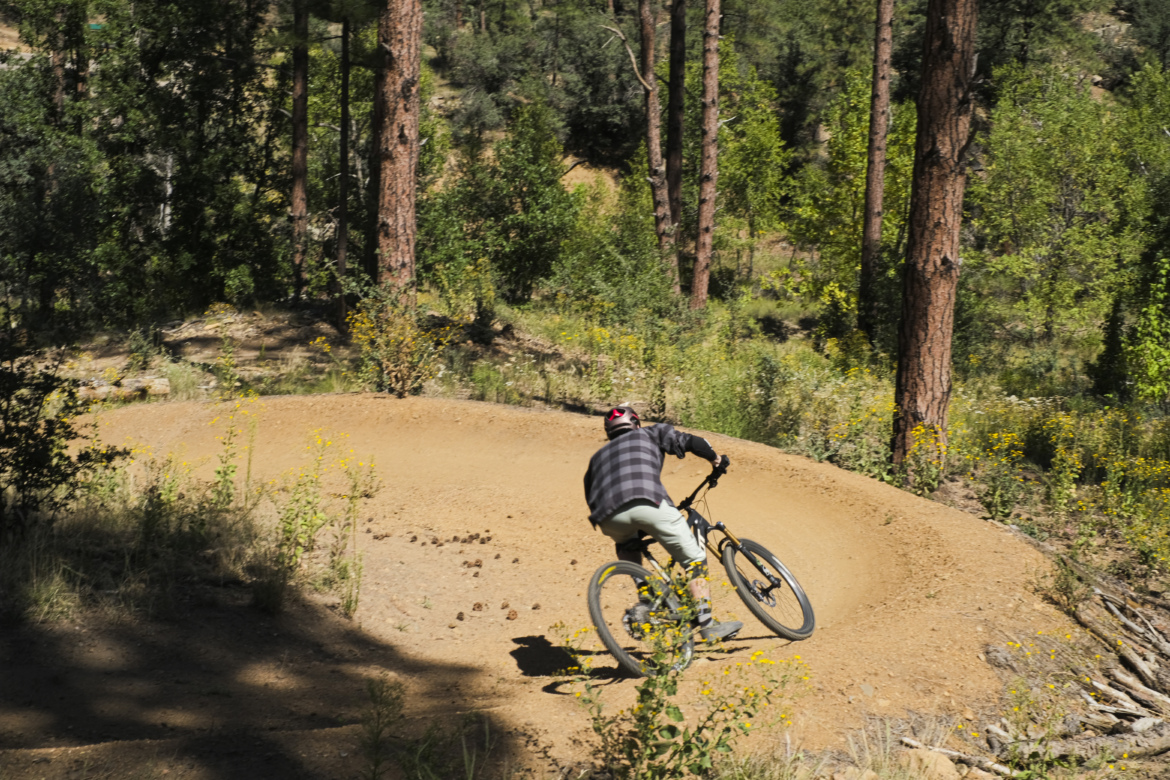
Sampling the stage 1 fun.
It’s only been open for three months, but the parking lot at Bean Peaks was already buzzing on our visit on a sunny September Saturday. A variety of riders, from teens with downhill rigs to older couples in lycra on cross country bikes, were unloading bikes, scooting off the bottom of the flow trails, or preparing to climb back up for another run.
Bean Peaks is a gravity park filled with jump trails that’s accessed by good ‘ole sweat equity. There’s no chance of motorized weekend uplifts anytime soon, and e-bikes are still frowned upon by the Forest Service. But the climb trail makes the most of the traverses lower down the hill to keep things steady — it’s smooth, wide, and totally manageable for even beginner riders. This first stage of the build created nine miles of trail, mostly blue with some green and one short black. We rode the climb trail to session the shorter Magic Bean before coming back up to do the bigger, more pedally Cool Beans.
It’s immediately obvious that a lot of thought has gone into these trails. Not just because it’s smooth, progressive, and carefully designed to cater to riders of all levels, but because it’s all 100% accessible to adaptive riders. The climb trail is shallow, wide, and free of any tricky rocks or tight corners that can snag adaptive bikes, and the downhill tracks are the same. I’ve had several conversations with adaptive riders about how easy it is to overlook these details and how much a tiny block or ill-placed knuckle can effectively stop a ride in its tracks. It’s becoming more common to build flow trails like this — Bean Peaks is a great example of how trails can be built for as many riders as possible to enjoy without compromising on the experience in any way.
Construction has begun on Stage 2.
There are two more stages left to build, and everything’s in place — shovels and diggers broke ground this fall on stage 2. The longest trail will be another five-mile, two-way access trail between different trailheads, with more downhill action in the form of another two descending trails — one blue, one black — at around one mile in length each.
Snow will likely dictate the build schedule, with a break in the early part of the year, but stage 2 is expected to be open for riding in spring 2025.



Once complete, Bean Peaks will boast 32-35 miles of singletrack.
The third and final stage of Bean Peaks is also on the books for trail builders and planners. It was designed and will be built by IMBA Trail Solutions and a volunteer trail team called the Over the Hill Gang, led by City trailbuilder Chris Hosking. They intend to add another four to five miles of downhill trails, both blue and black, with an extension to the system that will actually take riders onto the Bean Peaks themselves rather than the foothills where the earlier trails were built. If all goes according to plan, construction will begin on stage 3 in October 2025 and be completed the following spring.
When all’s said and done, Bean Peaks will boast somewhere between 21 miles of singletrack, with seven of those miles as climbing or access trails and the rest as downhill flow trails.

Spoiled for choice?
So why does a town like Prescott, which already has close to 400 miles of singletrack in the woods, mountains, and granite hills that surround it, need its own bike park? Because there’s a ton of people here who love to ride, and they wanted to ride something faster, flowing, and with plenty of progressive jumps. So they organized to make it happen and are raising most of the $1.2 million needed to finish the job themselves, albeit with some grant help along the way.
Bean Peaks represents a significant milestone in relations between mountain bike advocates and the US Forest Service. There are examples of flow trails being built to complement existing networks, but it’s rare for the USFS to allow a dedicated system of gravity flow trails to be built from scratch on their land. Whether that opens the floodgates for other facilities elsewhere in the US remains to be seen, but it’s undoubtedly a positive chapter in the relationship between the USFS and mountain bikers. Pat Kell credits the local trail association for the professionalism of their approach:
“PMBA really got their act together to make this happen. Every time they engaged with the Forest Service and questions were asked — about time, about money, about access — they did their homework and delivered the proof. Studies, facts, figures, a trail plan… they made it very easy for the Forest Service to say yes. It’s all too easy to get fired up at the prospect of new trails and then lose steam, but these folks were tenacious.”
A park to be proud of.
Let’s hope that tenacity delivers and spring 2026 sees a completed park, with 21-plus miles of totally accessible flow trails being shredded by locals and visitors alike, who can park 30-50 cars, use two dedicated bathrooms, and all less than a mile from town.



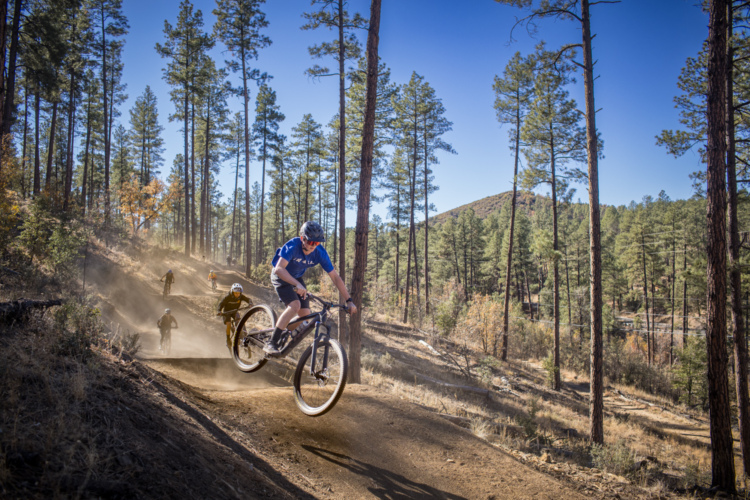
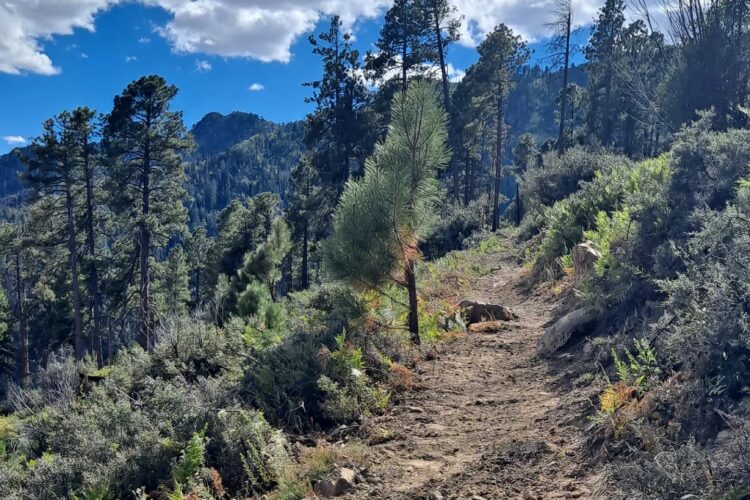

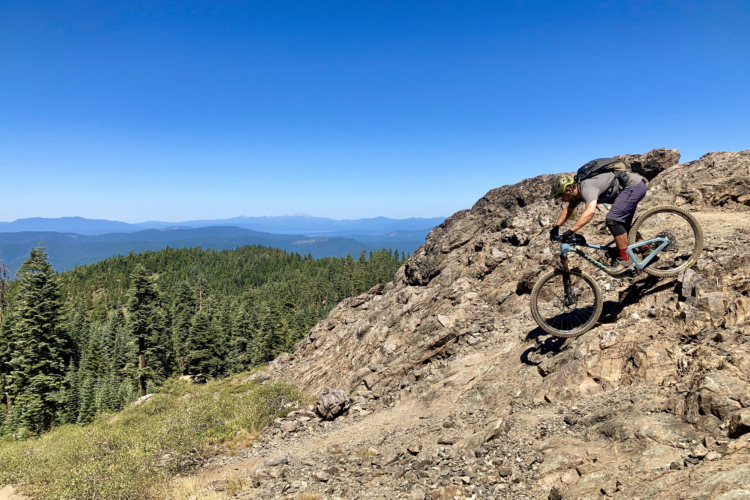
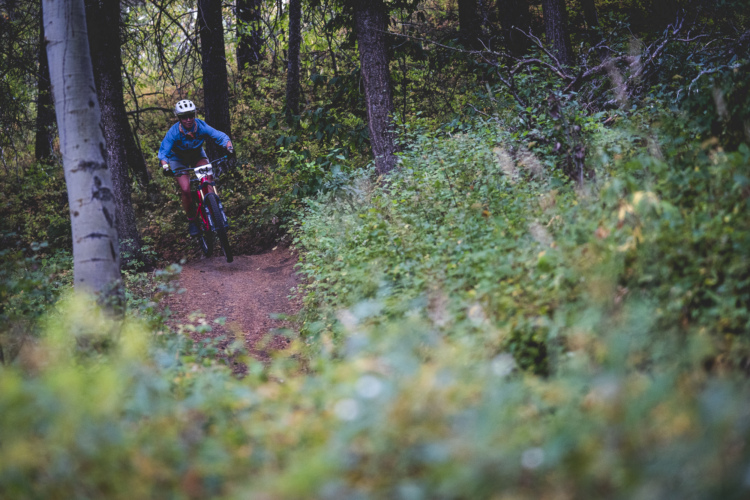

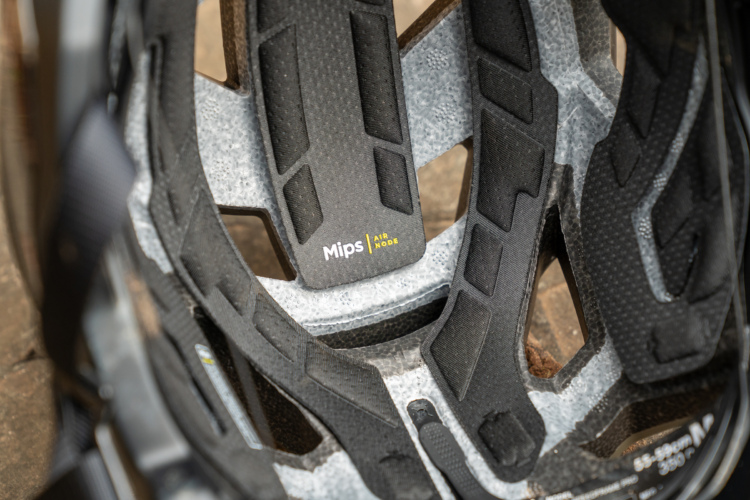

3 Comments
Dec 6, 2024
Jun 8, 2025
Dec 6, 2024